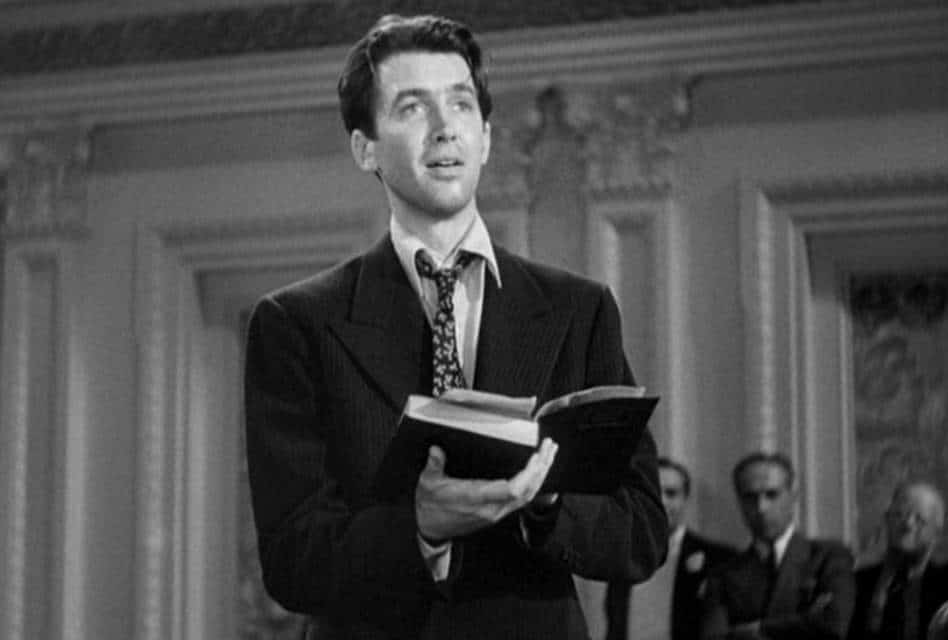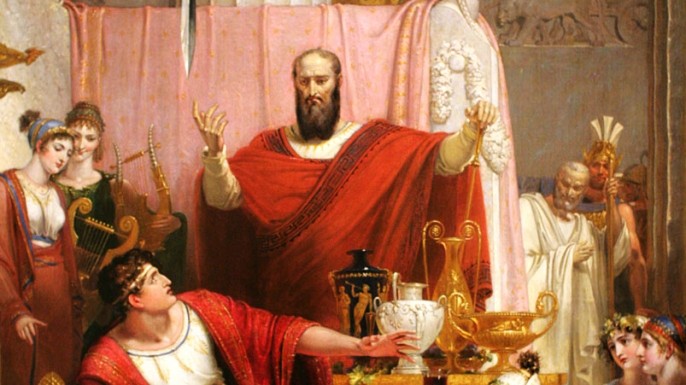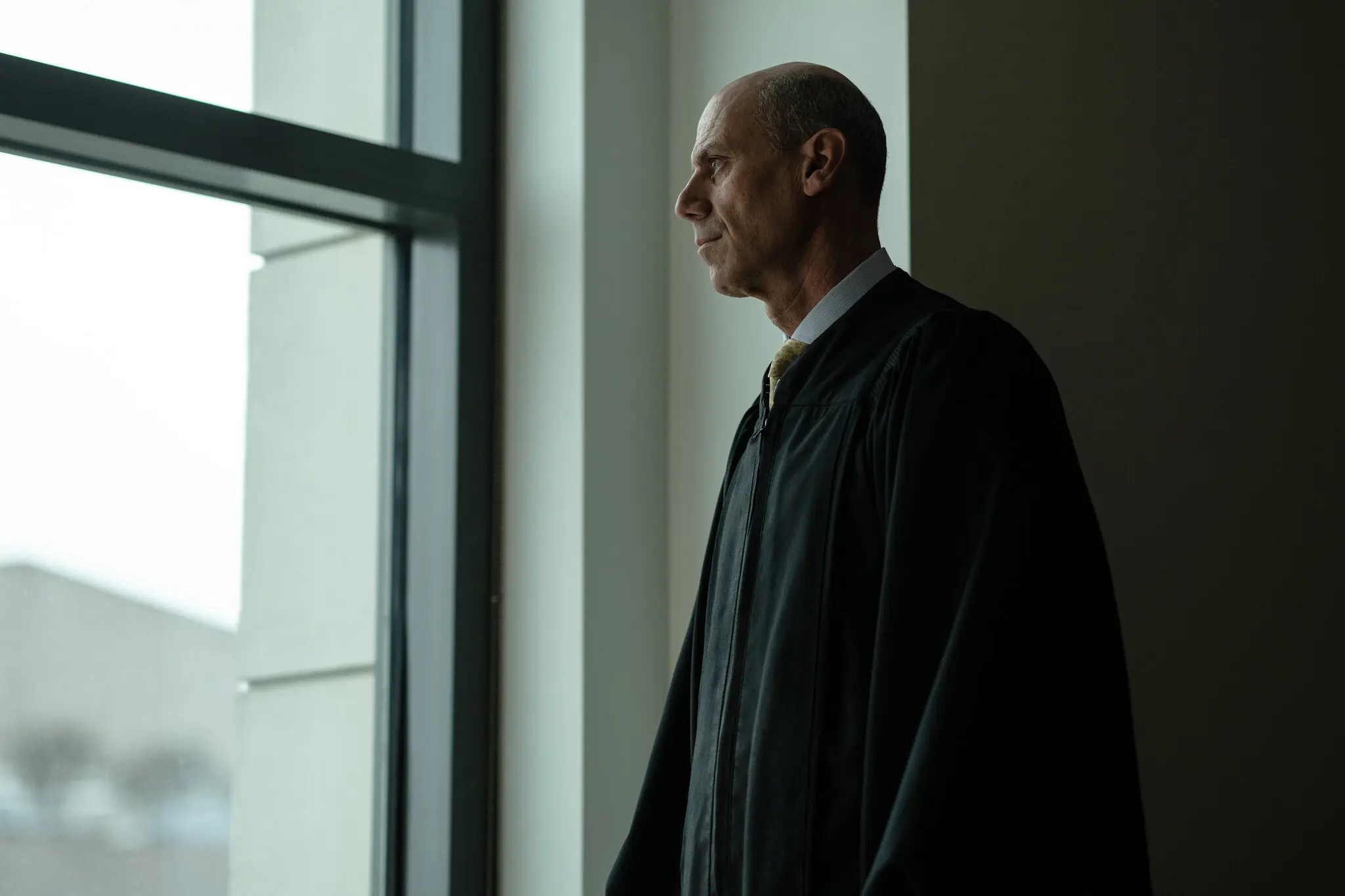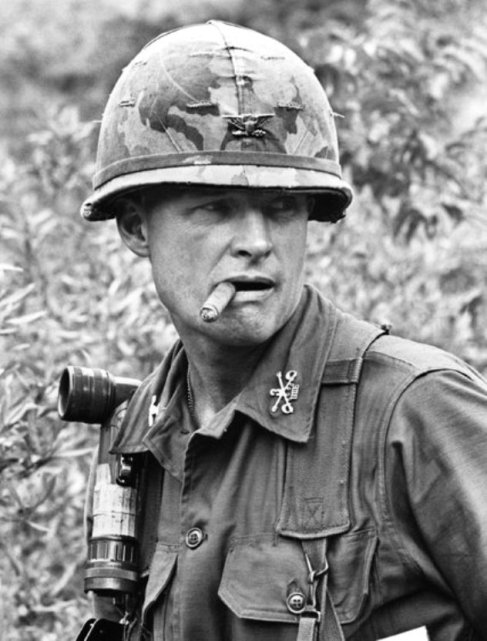Heroes are hard to come by. With the death of Lt. General Hal Moore last Friday, the loss is particularly acute given his extraordinary leadership skills.

There are two types of heroes, those who demonstrate physical courage in the face of extreme danger, and those who reveal moral courage – the fortitude to stand by your principles no matter the cost.
Lt. General Hal Moore was that singular individual who demonstrated both when – despite facing an enemy of overwhelming force – he not only fought alongside his men but pledged, “I’ll always be the first person on the battlefield, my boots will be the first boots on it, and I’ll be the last person off. I’ll never leave a body.”
In his bestselling book, We Were Soldiers Once… and Young, co-authored with Joseph Galloway, Moore described, in detail, the battle of I Drang Valley in Vietnam.
The New York Times writes (Feb. 13) that Moore “at the time a lieutenant colonel and battalion commander, and about 450 troops from his First Battalion were ferried by helicopters to Landing Zone X-Ray, a field near the Drang River in South Vietnam, six miles from the Cambodian border. They stumbled on more than they had bargained for: three North Vietnamese regular army regiments that at times outmanned them 12 to 1.
“ ‘By midafternoon in 100-degree heat we were strongly outnumbered, taking heavy casualties in a cliffhanger fight to the finish,’ the general wrote in a West Point yearbook.
“Bloody hand-to-hand combat ensued on a battlefield punctuated by termite mounds the size of pickup trucks and bodies strewn amid the elephant grass.
“Finally, reinforcements and the firepower of helicopter gunships, fighter-bombers and American 105 mm howitzers positioned several miles away turned the tide.
“The American death toll at X-Ray was 79. As the reinforcements marched to a second landing zone named Albany, they suffered heavy casualties in an ambush that was largely covered up at the time. When the combat in both places ended, as many as 3,000 North Vietnamese and 234 Americans were dead.
“By the end of November, the American toll in the I Drang Valley had risen to 305, branding it as the Valley of Death.
“ ‘Every one of us thought at least once we were going to die there,’ Mr. Galloway [a war correspondent at the scene and co-author] said in an interview on Monday. ‘There was only one man who thought for certain we were going to prevail, and that was Hal Moore.’ ”
When asked to comment on the validity of America’s combat presence in Viet Nam, Moore responded in a follow-up book, We Are Soldiers Still. “It wasn’t our place to question. We were soldiers and we followed their orders. In times and places like this, where the reasons for war are lacking, soldiers fight and die for each other.”
“Nicholas Proffitt,” The Times adds, “a former war correspondent, wrote of We Were Soldiers Once in The New York Times Book Review, ‘General Moore’s respect and affection for his troops is evident on every page, and one can understand why he became one of the legendary commanders in Vietnam.’ ”
In 2007, Moore shared his thoughts about the Mel Gibson directed film made from his book with the website, Armchair General.
“The movie version was very accurate,” Moore said. “For example, it captured the fact that soldiers in battle fight, kill and die for one another. It also properly recorded the respect that I had for the capabilities of the enemy we fought against.
“However, the film failed to capture the factual account of the telegrams arriving home dealing with the deaths of our troopers. At the time, the Army did not have a system set up like it has now, and the telegrams were being delivered by taxicab drivers. My wife, Julie, found out and raised hell with the Fort Benning post commander. From then on, Julie followed the taxicab to the home and was on the scene when the widow got the message. Soon, the Army devised a system to have the telegrams delivered by a chaplain and another officer in uniform – that was all because of Julie.”
Of his leadership philosophy, Moore said it “can be summarized as ‘power down.’ I pushed the authority to make decisions down to company commanders and told them to push the power down to their squad leaders and the individual soldiers in the ranks. I told my people, ‘If you feel you are qualified to make a decision or to take action, do it. Otherwise, move it up a notch for a decision.’ ”
Four years ago, I traded letters with General Moore in celebration of his 90th birthday. Viet Nam surgeon Maj. John Baldwin (Ret.) suggested I send Moore a copy of my book, What Do You Stand For? as a gift.
About a month later, I received a short but stirring response:
“My powerful gratitude to you for that superb book! It covers a subject which has always fascinated me… Stand tall; Never quit; Drive on!”
Heroes are becoming harder to come by.
But the actions of leaders like Hal Moore serve as inspiration to all of us to strive to do what is necessary in moments that challenge our deepest principles and even our lives.
Comments
Leave a Comment












Thank you Jim for a tribute to an unusually excellent man who was my friend in Vietnam, and later at Fort ORD.
To really appreciate his work ethic, check out his Wikipedia story, which documents his high school, college and pre-West Point “jobs.” Readers will discover a MAN who had a dream and put everything in his being behind the wheel to achieve that goal. His story will surely disappear, but for me it was an inspiration and the way, I hope, Jeannie and I raised our kids – now all “successful” and plugged in.
Please go to Wikipedia, which documents the Hard Work, “Menial jobs” and extra study to which he dedicated his early years in order to get to his goal, West Point. Even those four years required incredible dedication and time spent in academics.
To say he was Exceptional is an understatement.
Thank you, Jim, for remembering him.